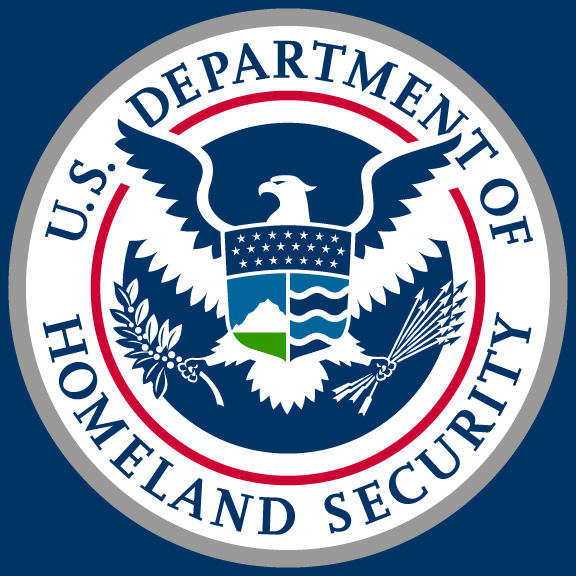Critical Infrastructure is Under Cyber Threat – Can DNS Help?
The U.S. Department of Homeland Security (DHS) announced this week that it is creating a center to help private industry defend critical infrastructure.

With the threat of cyberattacks by foreign adversaries on our critical infrastructure ever-increasing, the U.S. Department of Homeland Security (DHS) announced earlier this week that it is creating a center to help private industry defend critical infrastructure against the next big attack. Homeland Security Secretary Kirstjen Nielsen said she believes that cyberthreats to the U.S. now surpass physical terrorist and criminal threats, adding that “the ‘attack surface’ in cyberspace is now broader and under more frequent assault.”
As the breadth and depth of cyberattacks continues to grow, DHS and the critical infrastructure providers it protects are looking for new ways to prevent malicious activity from occurring. Many are coming around to the use of DNS as a critical sensor for cybersecurity professionals to monitor and leverage.
DNS can play a critical role in protecting critical infrastructure and reducing the attack surface available to cybercriminals. 91% of malware uses DNS to establish command and control, making DNS fundamental to managing who gets on your network, how IP addresses are assigned, and how machines on your network communicate with each other.
Increased connectivity and digital dependence has led to a simultaneous increase in vulnerabilities that can have widespread, unpredictable, and cascading consequences when they are exploited. As Secretary Nielsen noted, “an attack on a single tech company, for instance, can rapidly spiral into a crisis affecting the financial sector, the energy grid, water systems, or the healthcare industry.”
This is why infrastructure providers are turning to DNS enterprise management tools as a way to monitor and log every DNS request, response, and originating IP address. This provides their cybersecurity teams visibility into the intent of every device and the tools to identify patterns of malicious behavior. Set policies can block unwanted access to sensitive data.
Whether it’s ATMs or the power grid, securing critical infrastructure is crucial to maintaining national safety and stability. DHS is taking laudable steps to rethink the scope of “homeland security” in the connected era and facilitate collaboration with industry. They need every tool at their disposal – DNS-based security is one of them.




